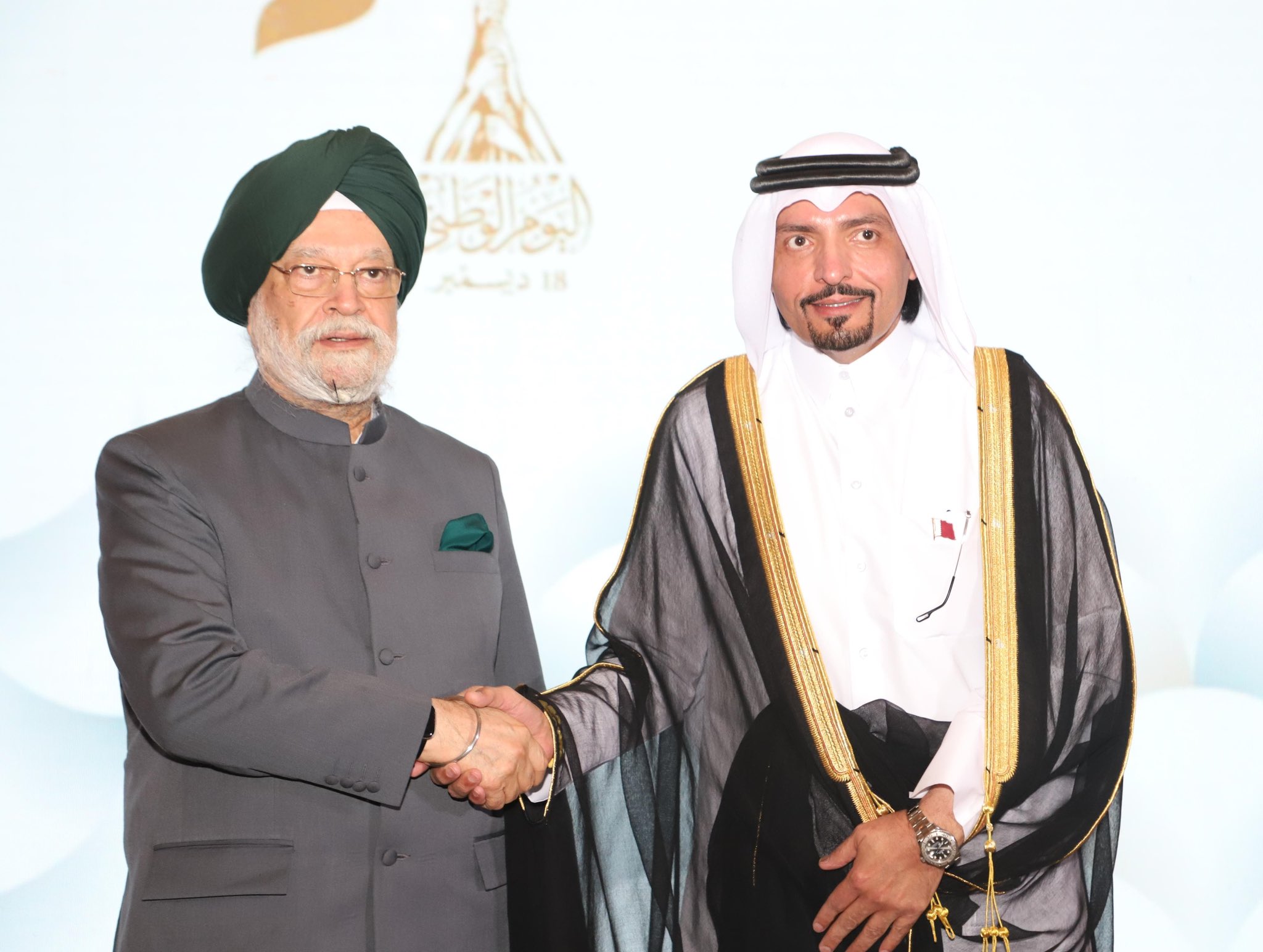
The growing number of aircraft flying over the Gulf is contributing to congestion that could hinder Qatar’s ability to expand its operations and flights, a top global aviation expert has said.
That means the country could lose out on the potential returns of the newly opened multibillion-dollar Hamad International Airport, which officials hope will boost travel to Qatar as a transit point.
“Delays are becoming a serious problem,” Tony Tyler, the director general and CEO of the International Air Transport Association (IATA), said during a press conference ahead of the organization’s annual general meeting in Doha.
HIA has the potential to make Qatar “a truly competitive global hub” for aviation, Tyler said. But growth is at risk unless regulators across the region work together to create more capacity in the air for planes, he added:
“Governments need to remember it is not just what you do on the ground, but what you do in the airspace above the ground that is going to be critical to making sure the enormous growth potential of the region is realized.”
Improved air traffic management will be one of the main topics at IATA’s conference, which runs from June 1 to 3 and is expected to attract some 1,000 delegates. It is not open to the public.
‘Balance’
Tyler said one proposed solution for countries to consider would be to allow civilian planes to use some of airspace currently reserved for the military. Depending on the nation, anywhere from 40 to 60 percent of the region’s airspace is for the armed forces, he said.
“That balance needs to be reviewed,” he added.
Additionally, the IATA is calling for closer coordination and integration among air traffic regulators. As it stands, planes are sometimes required to enter and exit a region’s airspace at specific points, which can create bottlenecks and zig-zag flight patterns.
Through cooperation, officials say planes could traverse a route that’s closer to a straight line towards its destination.
The notion is one supported by Qatar Airways CEO Akbar Al Baker, who has previously called for a unified air traffic management system in the Middle East.
“There will be a time, in our opinion, jointly there will have to be a single air traffic control management system … to monitor and operate a very congested airspace,” he told the Gulf Times in January.
IATA officials were unable to quantify current congestion levels in the region, but said that “quite frequent” delays – particularly in the UAE – suggests the airspace capacity is being exceeded at times.
They also noted that Middle Eastern carriers – particularly Qatar Airways, Etihad and Emirates – are the fastest growing in the world, with passenger demand increasing 17.9 percent in April.
Government support
Another planned topic at IATA’s conference is a renewed push for governments to reduce taxation and regulation on airlines.
That’s not necessarily an issue among Gulf countries, which have contributed to their carriers’ success by keeping such burdens to a minimum, Tyler said.
He said IATA has no position on allegations made by Western airlines – notably United and Delta – that state support allows the big three Gulf carriers to unfairly compete for passengers.
Al Baker has previously said such criticism is off the mark and that Qatar Airways does not receive any government subsidies:
“It is not true … The fact of the matter is that the highest fuel price we pay as an airline is in Qatar. We are fighting for cheaper fuel price…so that we can expand and that other airlines that operate to and from Doha can benefit,” he said in February.
Still, Qatar’s Cabinet last week approved a draft law to continue exempting the national carrier from paying rent and other fees at Doha International Airport.
The law doesn’t come into effect until August, suggesting it may apply to the airline’s operations at the new Hamad International Airport as well.
Thoughts?







